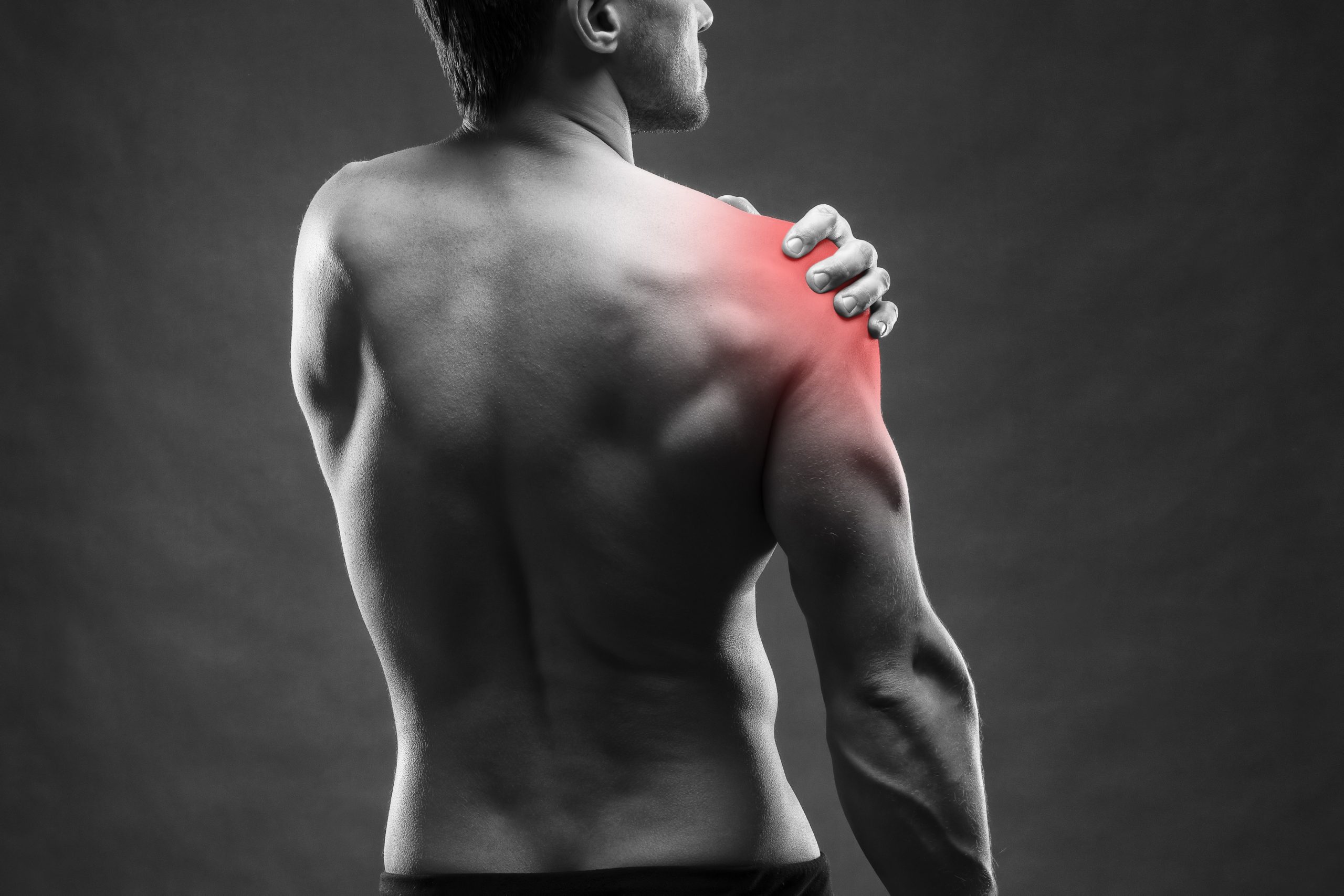
Treatment Options
- Ultrasound
- Review of radiological studies (x-rays, MRI, etc.)
- Diagnostic (anesthetic only)
- Joint Aspiration (draining fluid)
- Steroid
- Viscosupplementation (hyaluronic acid) Gel
- Prolotherapy
- Regenerative Medicine
- Shock Wave Therapy
- Osteopathic Manipulative Medicine (OMM)
- Physical Therapy
- Regenerative Rehabilitation
- Home Exercise Program
- Lifestyle Modifications

Our Approach
- Explore the conditions that led to your symptoms.
- Understand the way your symptoms have manifested an individualized change in the quality of life (movements, activities, hobbies or tasks that have been affected).
- Use advanced technology such as ultrasound to diagnose the affected region.
- Formulate an evidence-based, customized treatment plan based on available injection therapies coupled with a discussion of risks, benefits, and prognosis for each.
- Perform precision ultrasound-guided injection.
- Provide a comprehensive rehabilitation program that may include physical therapy and/or home exercise program.
- Recommend lifestyle modifications, adjustments and long-term strategies to avoid reinjury and promote tendon health.
Find relief from pain today.

The shoulder joint comprises the articulation of the humerus (upper arm) bone and the glenoid. The shoulder is a unique joint in that most of the humerus sits outside the cavity of the glenoid. This is, in effect, a double-edged sword. On one hand, this enables significant freedom of motion in many directions. This is obviously both necessary and conducive to allow us to do the many tasks that rely on these complex upper limb movements. The potential downside is that the shoulder joint relies on many structures to maintain stability.
The shoulder joint has static and dynamic stabilizers.
- Static stabilizers: These include important and taut ligaments. The purpose of these structures is to restrict significant abnormal motion. Furthermore, the glenoid labrum, composed of fibrocartilage layers the glenoid cavity and anchors into the biceps tendon. It serves to increase the surface area of the joint.
- Dynamic stabilizers: These include the famous “rotator cuff”. The shoulder cuff consists of four very important muscles (and their tendon attachments) which give us the unique motion and power to our shoulders. More importantly, they act in unison to provide stability (avoid malalignment) to the humerus during any movement of the shoulder. Contrary to common belief, multiple muscles of the rotator cuff and surrounding musculature are typically “firing” or activated during most shoulder movements to allow controlled motion.
Shoulder pain can be complex as many structures physically and symptomatically overlap when pain is present. Any of the dozens of soft tissue structures can undergo degenerative or traumatic injury. This can act to destabilize the shoulder joint, which can lead to joint-mediated pain and arthritis.
When treating shoulder pain, it is imperative to address not only the offending structure but ensure stability, strength, and flexibility encompassing the entire shoulder joint. In many cases, poor postural behaviors can lead to increased susceptibility to pain and mechanical dysfunction in the shoulder and are addressed in the rehabilitation and reinjury prevention portion of the treatment plan.
Common Sources of Shoulder Pain:
- Adhesive Capsulitis (Frozen Shoulder Syndrome)
- Arm Pain/Problem
- Arthritis
- Biceps tendinitis
- Bursitis
- Ligament Sprain
- Movement Disorder
- Muscle Disorder/Myopathy
- Muscle Injury
- Muscle Pain/Problem
- Muscle Spasms
- Muscle Strain
- Muscle Tear
- Muscle Weakness/Palsy
- Nerve Pain
- Nerve Injury
- Osteoarthritis
- Pinched Nerve
- Rotator Cuff Injury/Tear
- Shoulder Labrum Injury/SLAP Tear
- Shoulder Pain/Problem
- Shoulder Impingement
- Shoulder Injury
- Sports Injury
- Tendinitis

